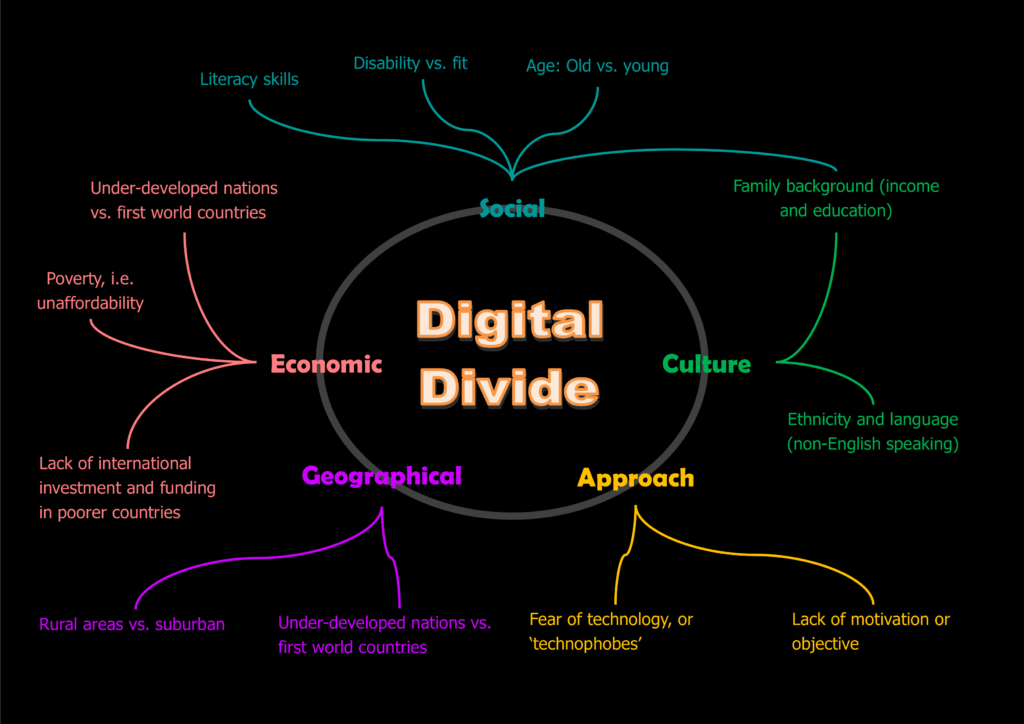In the ever-evolving landscape of education, technology has become an indispensable tool for facilitating learning, collaboration, and productivity. Among the myriad of digital resources available, productivity suites stand out as versatile platforms that empower both educators and students across various educational levels. Let’s delve into the multifaceted role of productivity suites in education and explore their impact on teaching, learning, accessibility, privacy, and the future of education. 
Bringing Tools to Every Classroom: Productivity suites, such as Microsoft Office 365 and Google Workspace, have seamlessly integrated into educational settings spanning from K-12 institutions to higher education. These suites offer a suite of productivity tools, including word processors, spreadsheets, presentation software, and collaboration platforms, catering to the diverse needs of educators and learners alike. From creating lesson plans to facilitating group projects and administrative tasks, productivity suites have become the backbone of modern educational workflows.
integrated into educational settings spanning from K-12 institutions to higher education. These suites offer a suite of productivity tools, including word processors, spreadsheets, presentation software, and collaboration platforms, catering to the diverse needs of educators and learners alike. From creating lesson plans to facilitating group projects and administrative tasks, productivity suites have become the backbone of modern educational workflows.
Making Learning Accessible: One of the greatest strengths of productivity suites is their accessibility. With just an internet connection, students and teachers can access their work from any device, anywhere. But let’s not overlook the fact that not all students have the same access to technology and reliable internet. It’s crucial for schools to level the playing field by ensuring all students have access to the tools they need to succeed. 
Pedagogical Implications: Productivity suites are more than just software—they’re catalysts for innovation in education. By enabling real-time collaboration, personalized feedback, and immersive learning experiences, these tools are reshaping teaching methodologies. However, there’s a fine line between using technology as a tool for enhancement and becoming overly reliant on it. Educators must strike a balance to ensure students develop critical thinking skills alongside their digital prowess.
Preparing Students for the Future: In today’s digital age, proficiency with productivity suites isn’t just a nice-to-have—it’s a necessity. These tools not only cultivate digital literacy but also foster collaboration, problem-solving, and adaptability—skills that are essential for success in the workforce. While productivity suites lay a solid foundation, educators must complement their use with activities that encourage creativity and innovation.
Privacy and Ethical Considerations: As we embrace technology in education, we mustn’t forget about privacy and ethics. Proprietary productivity suites raise concerns about data ownership and student privacy, especially when educational materials are stored on third-party servers. It’s crucial for schools to prioritize student privacy and implement robust data protection measures to safeguard sensitive information.
The Future of Productivity Tools in Education: Looking ahead, the future of productivity tools in education is marked by innovation and adaptation. AI-driven features will enable personalized learning experiences tailored to individual student needs. Enhanced accessibility features will cater to diverse learners, ensuring equitable access to educational resources. Interoperability between different platforms will promote seamless integration and collaboration across educational ecosystems.
In conclusion, productivity suites have become indispensable tools in the modern educational landscape, empowering educators and students to collaborate, innovate, and excel. While they offer numerous benefits, it is imperative to address challenges related to accessibility, privacy, and equity to ensure that all learners can thrive in the digital age. By embracing technological advancements responsibly and thoughtfully, we can unlock the full potential of productivity suites to enrich teaching and learning experiences for generations to come.